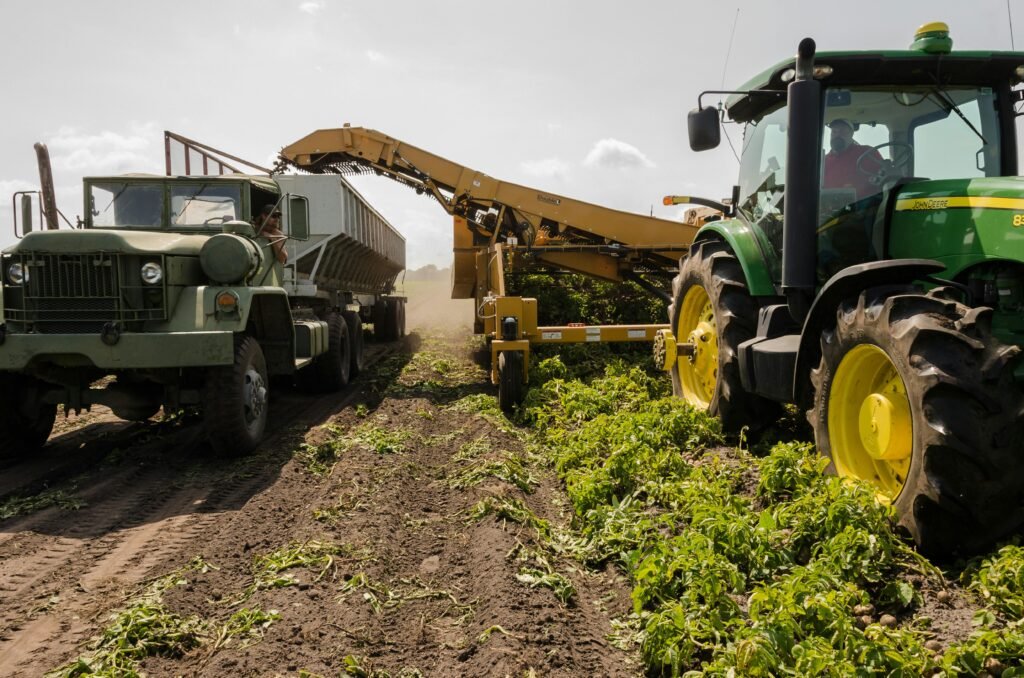Heavy machinery is essential in modern agriculture, but its operation involves significant risks. Discover the best practices and safety protocols to maximize productivity while protecting your workforce.

Modern agriculture increasingly relies on heavy equipment such as tractors and large-scale harvesters. While these machines are indispensable tools for increasing productivity, improper operation can result in serious accidents. That’s why safety should not be considered a mere precaution, but an absolute priority.
The first pillar of safety is proper training. No one should operate heavy machinery without having received specific training that includes:
- Basic operating procedures
- Emergency protocols
- Identification of specific hazards
- Preventive maintenance
Before starting any equipment, it’s essential to perform a complete visual inspection checking:
- Fluid levels
- Tire pressure
- Condition of safety devices
- Integrity of hydraulic hoses
Visibility and communication are critical aspects. It’s essential to maintain:
- Mirrors and lights in perfect condition
- Reflective vests in low-light conditions
- Established signal systems known by all team members
- Operating areas free from spectators
Regular maintenance not only optimizes performance but prevents dangerous failures. It’s important to:
- Strictly follow manufacturer maintenance schedules
- Use mandatory personal protective equipment (PPE)
- Respect load limits and operating conditions
- Maintain rollover protective structures (ROPS) in good condition

Remember that in case of rollover, the golden rule is to stay inside the cab with the seatbelt fastened. Safety is everyone’s responsibility, so it’s essential to create a culture where each worker feels empowered to point out unsafe practices.
Heavy agricultural machinery can greatly multiply your productivity, but it requires a serious commitment to safety. Prioritizing good practices not only protects lives but ensures the long-term continuity and success of your farming operation.
